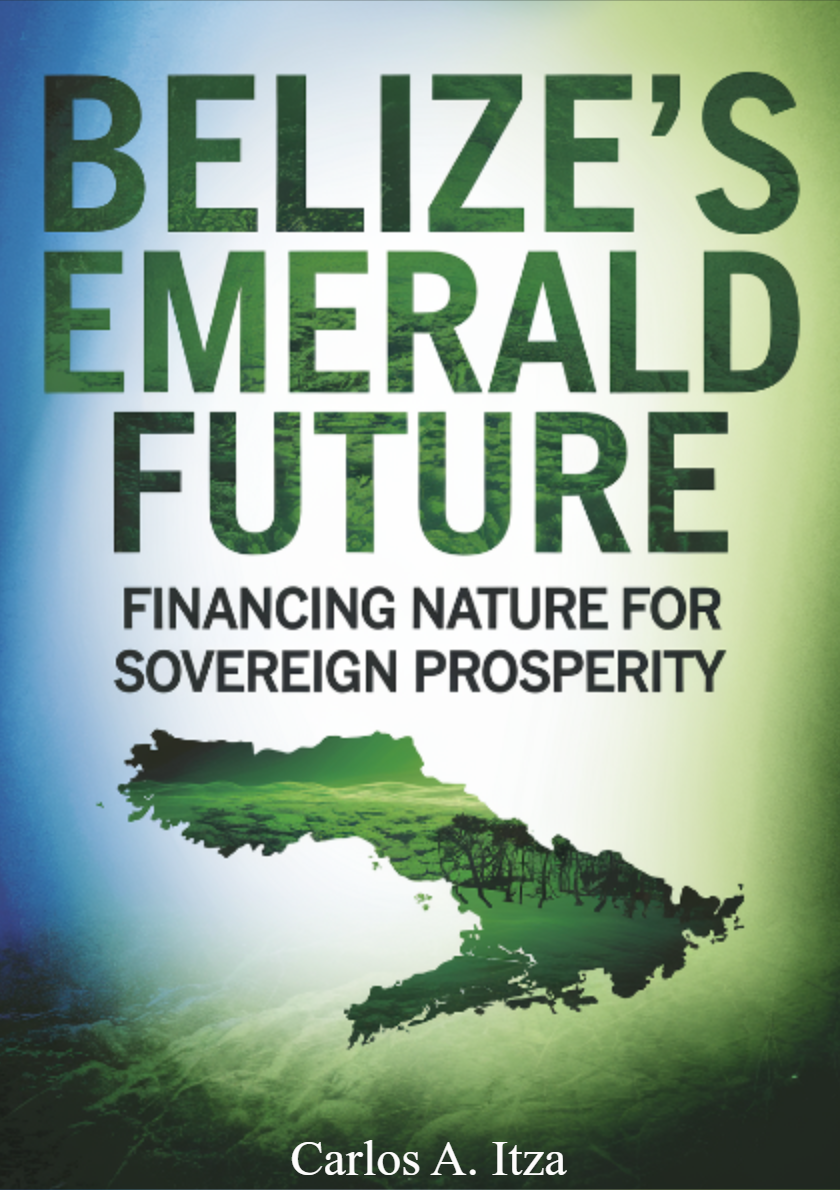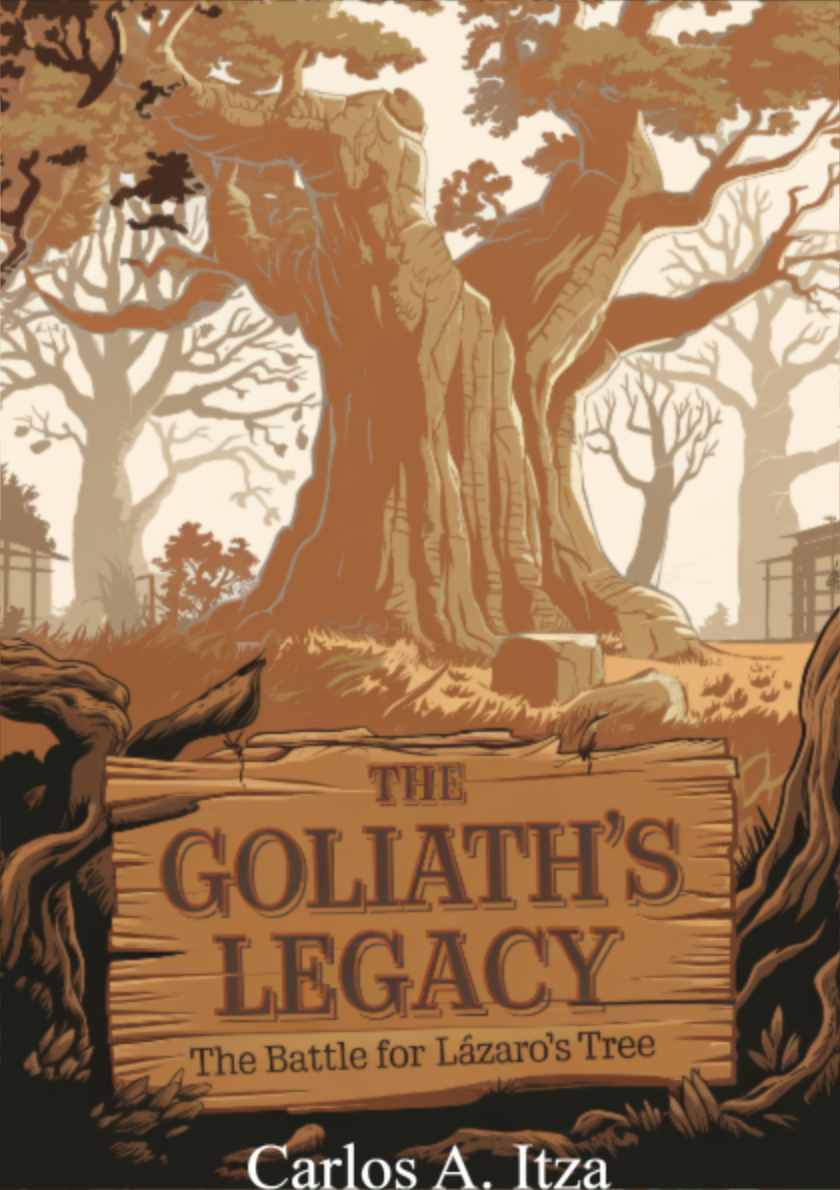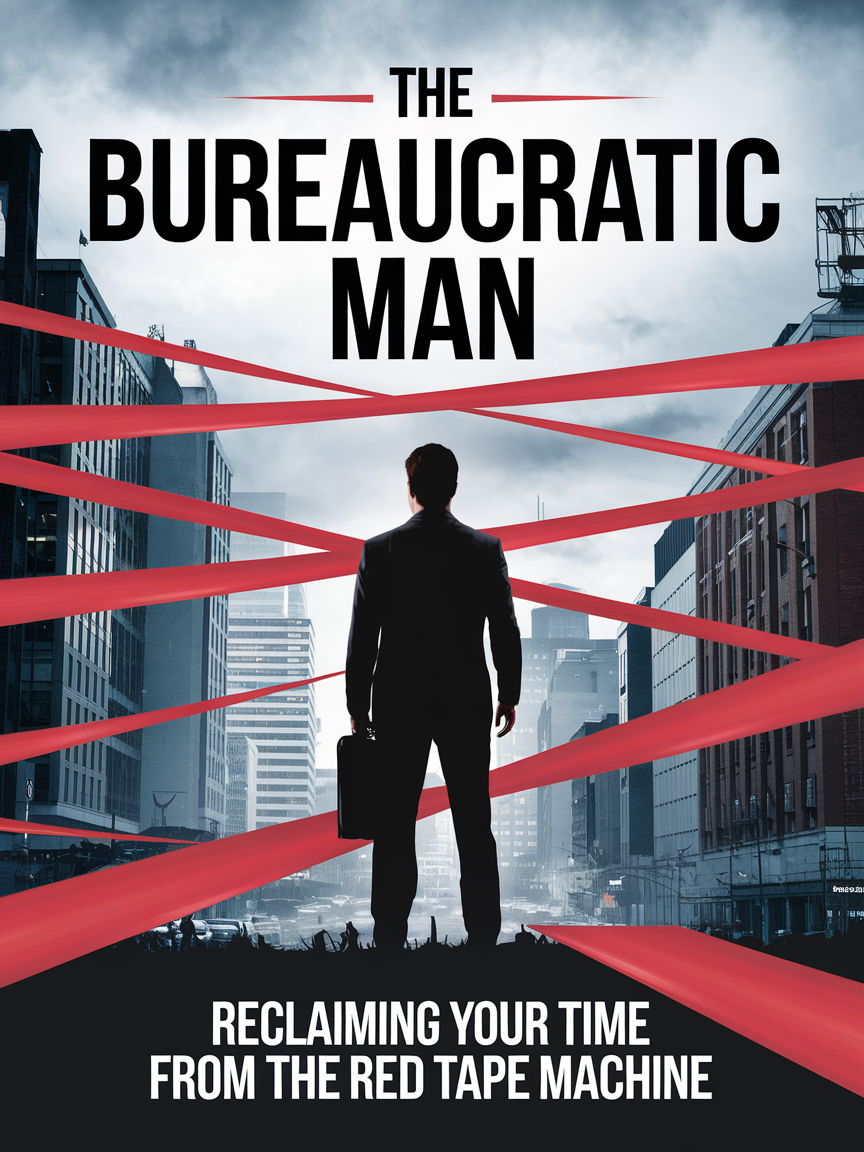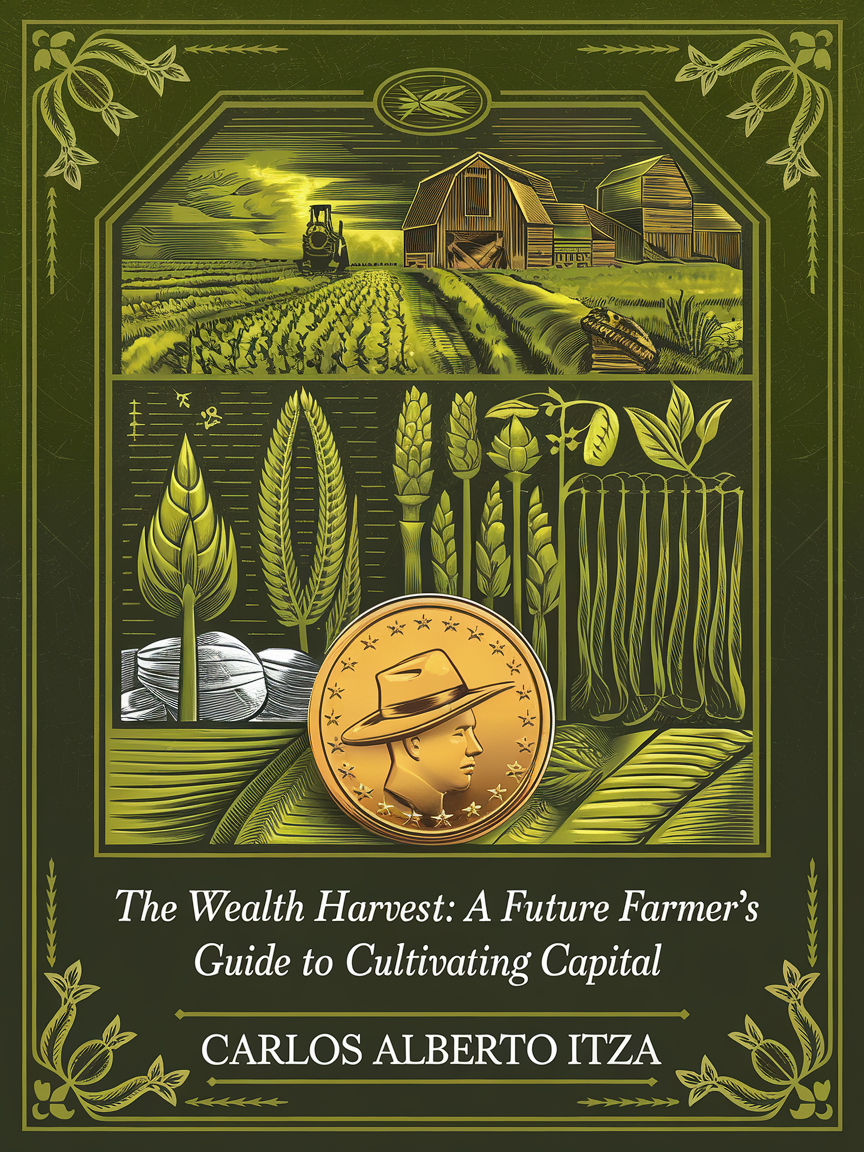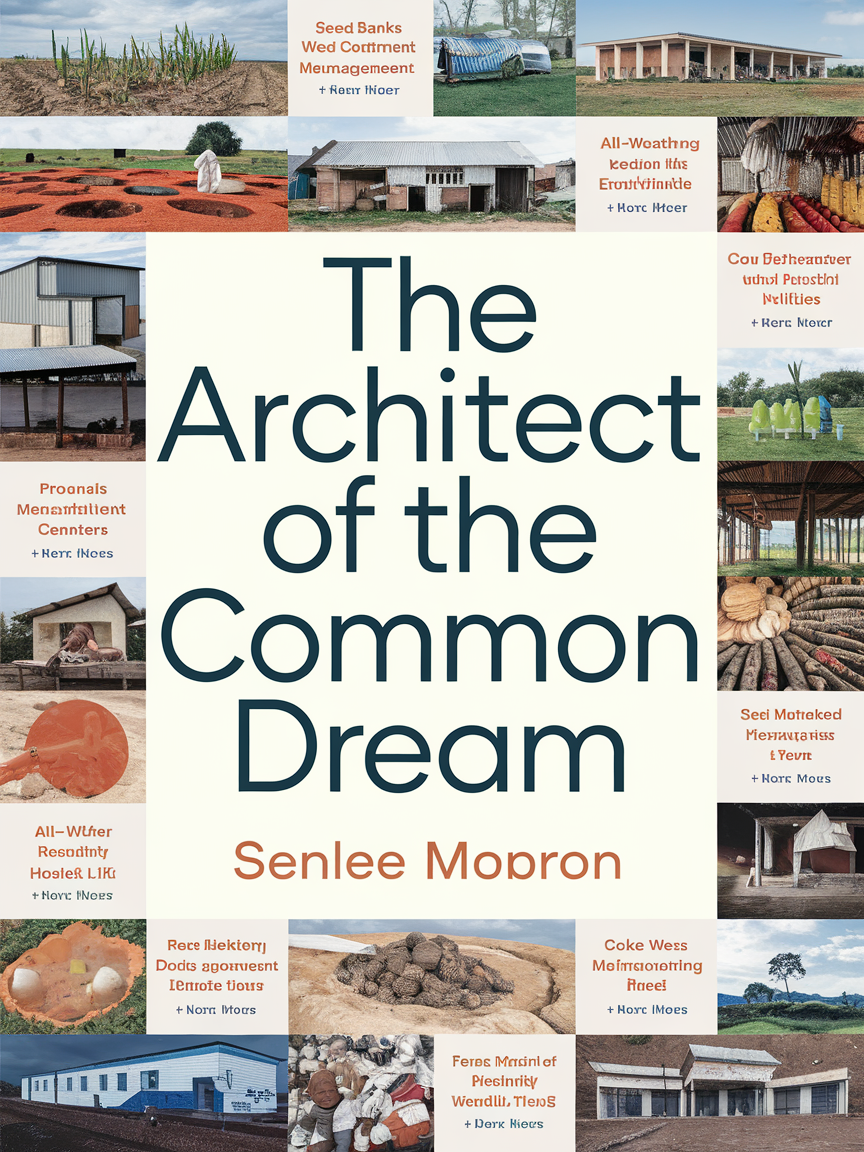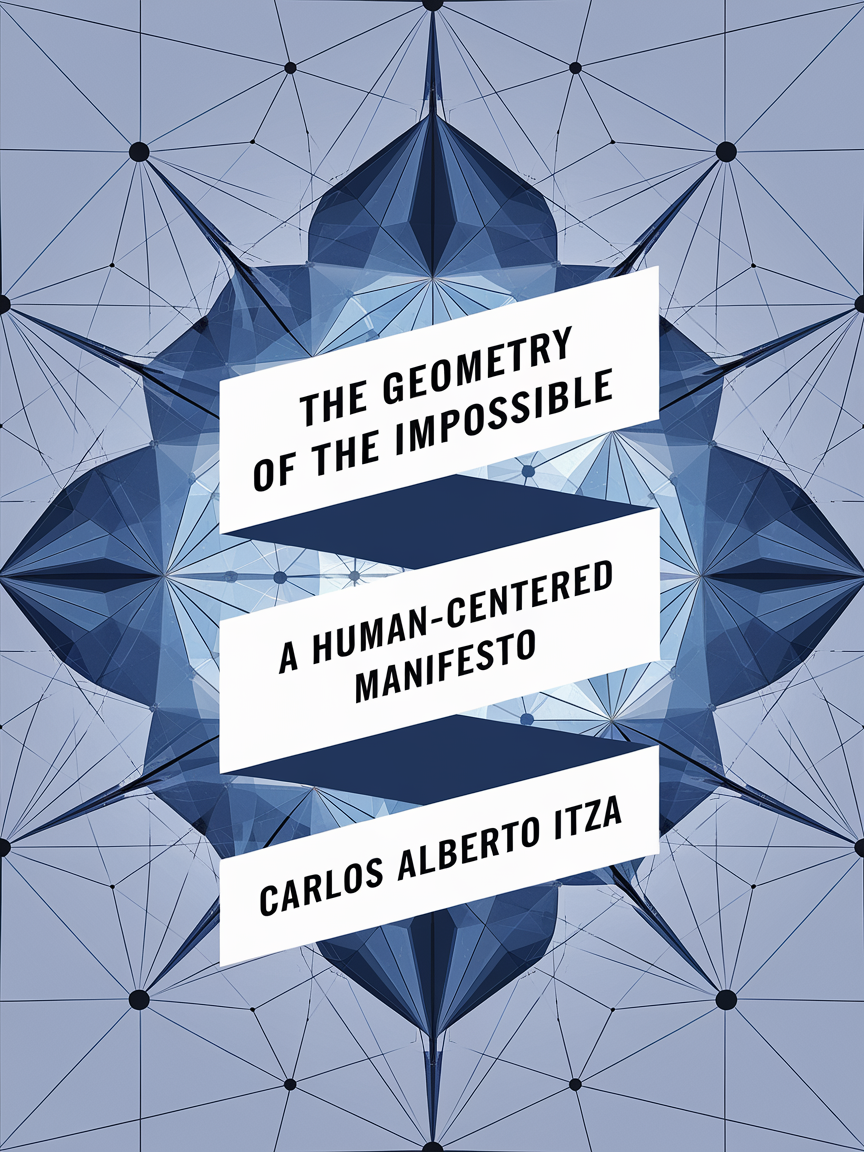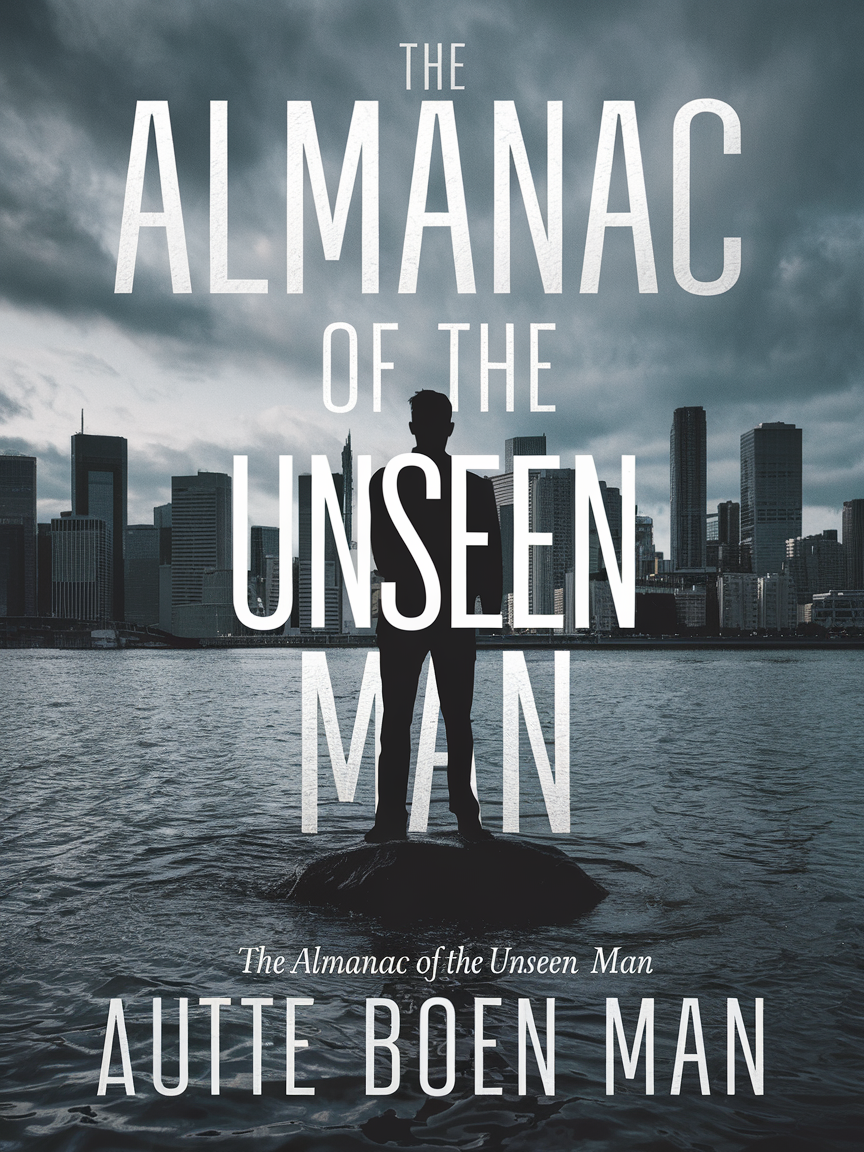This book offers an interesting perspective on how communities can build themselves up.
The twenty infrastructures presented felt a bit like a checklist at times, which slowed the story down.
I appreciated the focus on everyday people as heroes, but their individual stories could have been fleshed out more.
The author's passion for grassroots development really shines through the prose.
It felt like a practical guide disguised as a narrative, which was a bit of a mixed bag for me.
I learned a lot about the importance of small, strategic projects.
It’s a good read if you're interested in how development actually happens on the ground.
Some parts were quite inspiring, though I wished for a bit more emotional depth.
The idea of cultivating prosperity felt very real and attainable.
Overall, it was a thoughtful look at community empowerment.
I think readers interested in urban planning or social entrepreneurship will find it useful.
It left me with a sense of cautious optimism for what communities can achieve.
"The Architect of the Common Dream" offers a thoughtfully structured exploration of grassroots development.
Itza masterfully details twenty critical infrastructure projects, from seed banks to solar microgrids, showcasing their tangible impact.
The narrative's strength lies in its humanizing anecdotes, illustrating the profound effects of community-driven progress.
While the book excels in outlining a blueprint for transformation, the transitions between project examples could sometimes feel a bit abrupt.
The author's expertise shines through, making complex development concepts accessible and inspiring.
Readers looking for practical, grounded insights into community empowerment will find considerable value here.
It's a book that encourages a shift in perspective on what constitutes genuine progress.
I particularly appreciated the emphasis on self-determination as the cornerstone of sustainable growth.
The overall message is one of hope and empowerment, demonstrating what collective effort can achieve.
This work is a valuable resource for anyone interested in fostering local change.
This book offers a compelling vision for community-led development, but the execution occasionally felt a bit idealistic.
The progression through the twenty infrastructures was informative, though sometimes the leap between foundational and high-impact projects could be abrupt.
Itza’s writing style is accessible, making complex ideas relatable through personal anecdotes.
The core theme of self-determination and cultivated prosperity is powerfully conveyed, resonating throughout the text.
While the blueprint is valuable, I wished for more detailed technical considerations or case study breakdowns for some projects.
The narrative effectively humanizes the development process, showcasing the 'epic of everyday heroes.'
I found the exploration of how technology integrates with basic needs like seed banks and waste management particularly insightful.
Itza’s personal experiences lend authenticity, though sometimes they overshadow the broader principles.
The book serves as an inspiring manual, but a more structured appendix with practical implementation guides would enhance its utility.
It does an excellent job of challenging top-down development models with a grassroots perspective.
I’d recommend this to anyone interested in social entrepreneurship or local revitalization efforts.
The overall impact is positive, encouraging readers to see development as a process of cultivation.
This book truly changed the way I think about solving problems.
Carlos Alberto Itza's seven-step framework felt like a clear roadmap through complex challenges.
The real-world examples made the concepts of immersion and prototyping incredibly relatable.
I especially appreciated how the author emphasized empathy as a core part of innovation.
It's a thought-provoking read that encourages a more human-centered approach to change.
The writing is accessible, making this a great guide for anyone looking to innovate.
Itza successfully demystifies creation, showing it's a process, not just a spark.
This book is a valuable resource for leaders, entrepreneurs, and even everyday problem-solvers.
I feel more equipped to tackle systemic issues after reading this manifesto.
It inspires a belief that well-understood human needs lead to the best solutions.
I highly recommend "The Geometry of the Impossible" for its practical insights and inspiring vision.
It has a way of making complex ideas feel both logical and achievable.
The Geometry of the Impossible offers a structured approach to problem-solving that feels both practical and aspirational.
It presents a clear seven-step framework for innovation, but the transitions between stages sometimes felt abrupt rather than fluid.
The author's writing style is direct and informative, though it occasionally leans towards academic rather than conversational prose.
The core themes of human-centered design and iterative refinement are consistently reinforced, making the book's purpose evident.
I found the real-world examples to be illustrative, though at times I wished for deeper dives into the challenges faced during the process.
While the book provides a useful methodology, its impact might be limited for those seeking a more narrative or emotionally resonant read.
Itzay lays out a compelling argument for a systematic approach to innovation that moves beyond traditional guesswork.
The book's emphasis on empathy as a strategic cornerstone is particularly commendable.
However, the conceptual elegance of the framework sometimes overshadows the messiness inherent in real-world application.
The narrative could have benefited from more personal anecdotes or a stronger arc to connect the reader emotionally.
Ultimately, this is a solid resource for those in leadership or entrepreneurial roles looking to systematize their creative processes.
It provides a valuable blueprint, even if it doesn't always capture the unpredictable spirit of true discovery.
"The Geometry of the Impossible" offers a compelling framework for tackling complex problems.
Itza's seven-step process provides a clear path from Immersion to Implementation.
The author effectively uses real-world examples to illustrate the human-centered approach.
I appreciated the emphasis on empathy as a core driver of innovation.
While the steps are logical, sometimes the iterative nature felt a bit abstract in practice.
The book's message about moving beyond guesswork to reasoned certainty is powerful.
It truly inspires a belief that understanding human needs is paramount for effective solutions.
I would recommend this book to anyone looking to build a more structured approach to innovation.
It's a valuable guide for leaders and entrepreneurs facing systemic challenges.
The ambition to address societal issues alongside business challenges is commendable.
It provides a solid foundation for developing a culture of continuous learning.
This manifesto offers a refreshing perspective on making creativity a disciplined, logical pursuit.
"The Almanac of the Unseen Man" offered a unique and thoughtful look at a life lived with quiet resilience.
The story felt a bit slow in places, especially during the sections detailing his daily struggles.
I appreciated the author's attempt to capture the protagonist's internal world, though sometimes it was hard to fully connect.
The focus on the accumulation of wisdom through experience rather than formal education was an interesting takeaway.
The illustrations were a nice touch, adding a visual layer to his silent journey.
It’s a biography that might resonate most with those who’ve faced similar challenges of displacement and learning a new way of life.
While I found it inspiring, I also felt a desire for more explicit emotional expression from the protagonist at times.
The book definitely made me reflect on the often-unseen efforts of people building new lives.
Overall, it’s a contemplative read that highlights silent strength and the pursuit of knowledge.
I would recommend it to readers looking for a less conventional and more introspective biography.
"The Almanac of the Unseen Man" offers a compelling, albeit sometimes uneven, exploration of resilience.
The narrative effectively portrays the protagonist's quiet struggle against systemic barriers and personal isolation.
The author's lyrical prose, particularly in describing the protagonist's internal landscape, is a significant strength.
The book excels in illuminating the protagonist's gradual accumulation of wisdom outside traditional educational settings.
However, the pacing occasionally falters, leaving certain aspects of the political upheaval feeling underdeveloped.
The illustrations, intended as a visual language, sometimes distract from rather than enhance the narrative flow.
The theme of silent defiance is powerful, yet the emotional resonance could have been deeper.
Itzsa's ambition to capture the complexity of an "unseen" life is commendable, though the execution is not always seamless.
Readers seeking a thoughtful examination of perseverance will find value here, despite its structural imperfections.
The book's exploration of the "Babel of the soul" is particularly insightful for immigrants and students.
Ultimately, it's a story that prompts reflection on the less visible triumphs in life.
While not a perfect read, it provides a unique perspective on dignity forged through adversity.
"The Almanac of the Unseen Man" offers a thoughtful look at a life lived with quiet dignity.
The narrative's strength lies in its focus on internal struggles rather than external events.
The protagonist's journey through language barriers and cultural adaptation felt quite real.
Illustrations are a powerful element, adding depth to the unspoken experiences.
However, at times the pacing felt slow, making it a more challenging read.
The book successfully portrays resilience, but some readers might wish for a more dynamic plot.
It certainly provides a unique perspective on the accumulation of wisdom outside formal education.
I appreciated the exploration of the protagonist's dual existence.
This biography is best suited for those who enjoy introspective and visually driven storytelling.
It’s a story that encourages empathy for those navigating unfamiliar territories.

